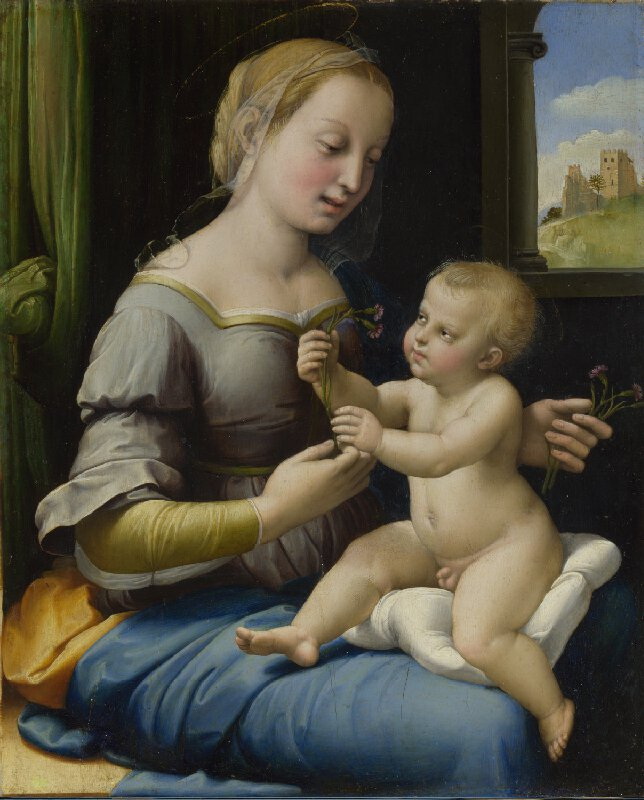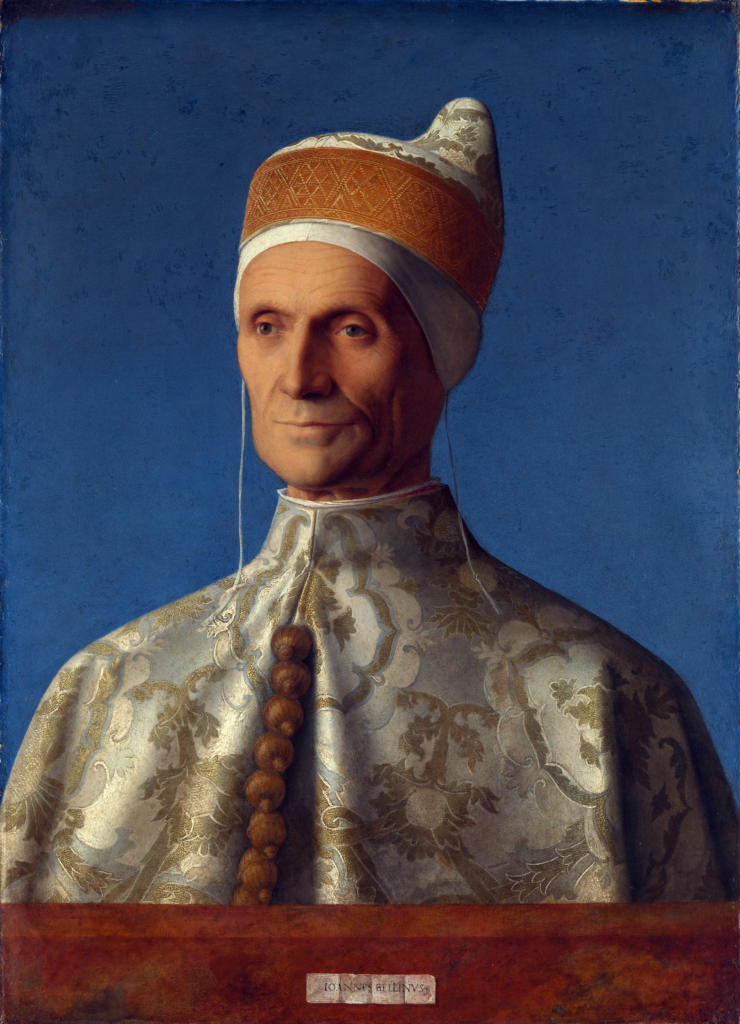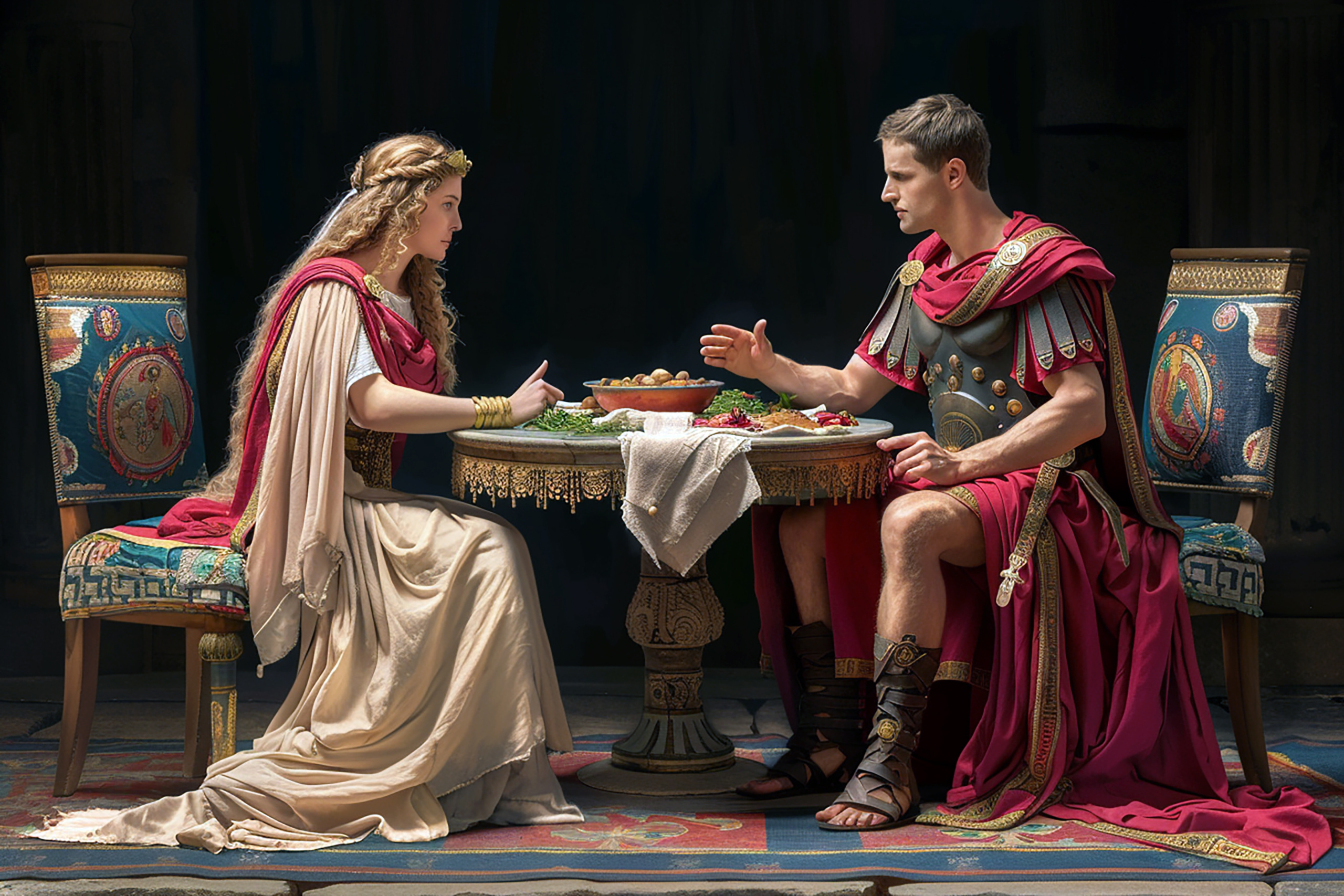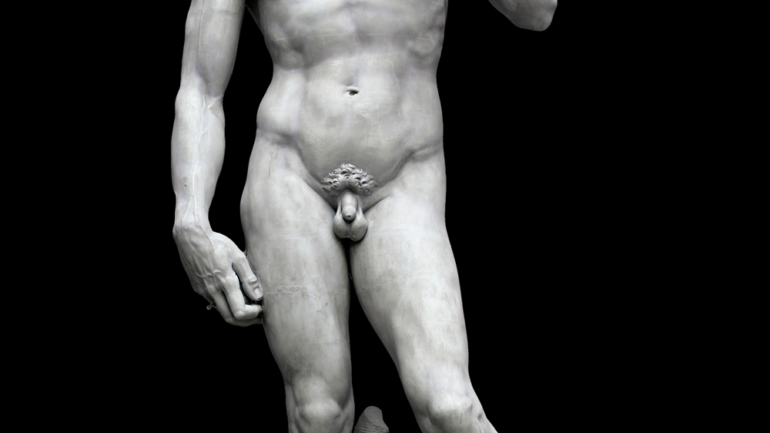Today, we begin discussing the representative artists of the Venetian Renaissance, starting with Bellini, the founder of the entire Venetian School.
Bellini: The “Founder” of the Venetian School
- Bellini (1430–1516) is considered the “founding father” of the Venetian School. The most prominent characteristic of the Venetian School is its vibrant use of color, a feature that was almost single-handedly established by Bellini. Compared to Renaissance works from places like Florence, which are often more muted, the vivid and rich colors of the Venetian School stand out, almost like the difference between color photos and black-and-white photos. The Venetian School did not undergo the “black-and-white” phase other schools experienced but directly evolved into the “color photos” of the Renaissance, with the most striking vibrancy.
- Bellini, whose full name was Giovanni Bellini, came from an artistic family, with both his father and brother being renowned painters. The Bellini family can be said to be the main founders of the Venetian School, with Giovanni Bellini achieving the most fame and success. He brought a fresh perspective to the Renaissance through his use of painting techniques and color schemes.
- The primary reason for the Venetian School’s vivid colors lies in its conceptual differences from other schools. Artists in Florence and other regions focused more on “form,” believing it to be the most crucial element of painting. They would outline shapes first, often with black lines, and then fill in the colors, with “form” preceding “color.” The Venetian School, on the other hand, believed “color” to be more important. They argued that the world does not have defined edges but rather transitions between different colors, so they applied colors directly to the canvas, prioritizing “color” over “form.”
- The differences in emphasis on “form” and “color” between the Venetian and traditional Florentine schools are most evident when comparing two paintings, one by Raphael and one by Bellini, both depicting the “Madonna and Child.” If you remove the color and reduce them to “black-and-white photos,” you’ll clearly see that Raphael’s work is technically superior—Bellini’s proportions are off, and the composition feels unbalanced. However, when viewed as “color photos,” Bellini’s painting is far more captivating because of the striking blue cloak worn by the Madonna, which immediately draws the viewer’s attention.
- Another key factor contributing to the Venetian School’s vibrant colors was the city’s advantageous port location. In Bellini’s “Madonna and Child,” the blue of the Madonna’s cloak was made from the most expensive pigment of the time, ground from lapis lazuli. This stone, which was not available in Europe and came from Afghanistan, was more expensive by weight than gold. The convenient commercial and transportation conditions of the port city allowed Bellini and other Venetian artists to purchase pigments at lower costs, giving them access to a greater variety of colors.
- The port city’s exceptional conditions led Venetian artists to use color in a luxurious manner. One of Bellini’s portraits can be considered a “painting made with money.” He painted a portrait of the Doge of Venice, and unlike the typical portraits of the time in Florence, where black was often used as the background, Bellini used the extremely expensive lapis lazuli blue to fill the entire background of the portrait.
- Venice, located at the crossroads of various cultures, had a deep influence on the vivid characteristic of the Venetian School. At the time, the eastern part of Venice was under the influence of the Byzantine Empire, where the depiction of sacred figures in the Bible was subject to strict rules under Eastern Orthodox control. Artists were required to adhere to fixed forms, and thus, they could only innovate in terms of color. This artistic tradition was passed on to Venice, profoundly shaping the Venetian School.

Bellini – Madonna and Child: In this painting, the Madonna wears a bright blue cloak, which immediately captures the viewer’s attention due to its striking color.

Raphael – Madonna and Child: Raphael’s depiction features more accurate proportions for the Madonna and Child, and the figures are more dynamic and lifelike.

When comparing the two Madonna and Child paintings in black-and-white, the issues with Bellini’s portrayal of the figures become more pronounced, and Raphael’s technical skills are more evident. However, in color, Bellini’s vibrant blue cloak stands out and grabs the viewer’s eye more effectively.

Bellini – Portrait of the Doge of Venice: The background is painted with the very expensive lapis lazuli blue, making this portrait a true “painting made with money.”
Tips
Why is the blue in Venetian School paintings much more vivid than other colors?
In Venetian School artworks, the blue is so vivid that it almost influences the composition of the piece. This isn’t an intentional display of the artist’s skills, but rather because the quality of the blue pigment was so exceptional. Over many years, other colors in the painting have faded, but this very expensive blue pigment fades much more slowly, so it has remained vibrant to this day.
If you see a painting with an unusually large amount of blue, it’s very likely a work by Bellini from the Venetian School.


